Old Age in Cats: What It Really Means & Care Tips
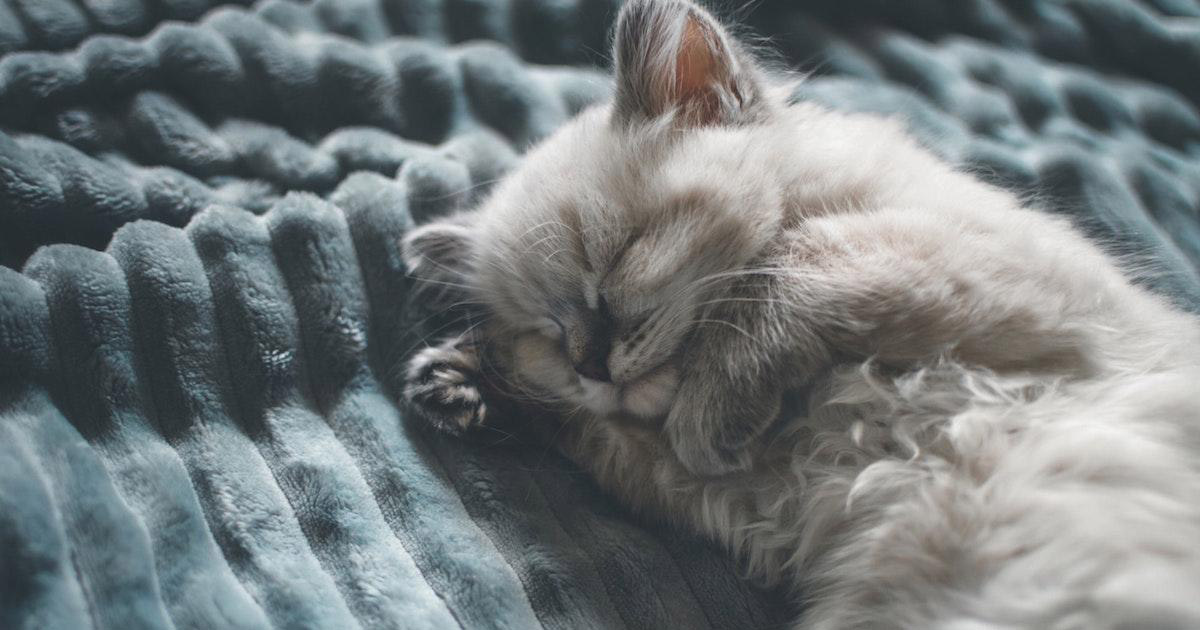
Did you know that domesticated cats have an average lifespan of about 15 years? Compared to us humans, cats age differently. Most start experiencing age-related physical changes between 11 and 14 years of age, which creates a unique set of health needs that is completely different from when they were young and spritely.
Alas, these signs of ageing are subtle and difficult to detect, so in order to provide the appropriate care that our ageing cat needs, cat parents need to be better informed about the ageing process in felines.
What does ageing mean for my pet?
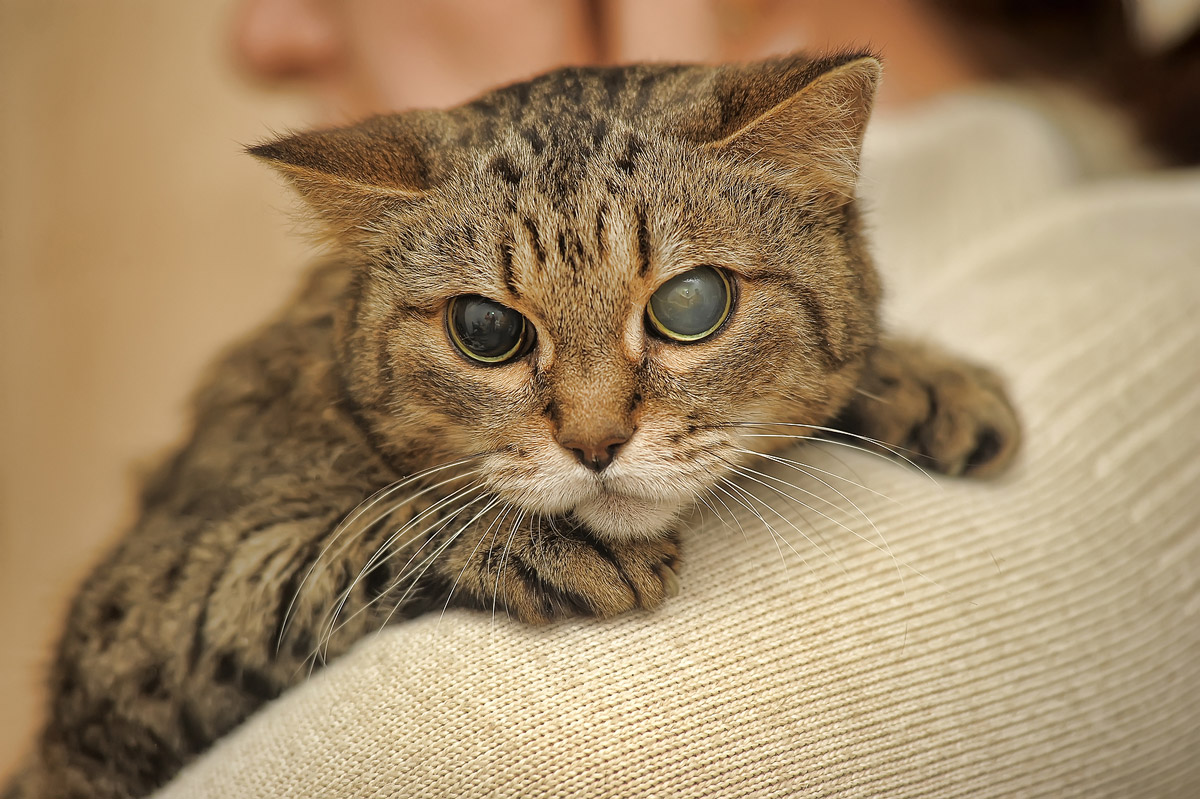
Ageing is a gradual, irreversible, and inevitable process of the natural decline of a body’s organ functions. As a cat advances in years, its body’s ability to synchronise the functions of its organ system diminishes, and the age-related dysregulation of its metabolism results in the excessive production of free radicals (oxidative stress), which cause damage to the cells and the immune system.
All these result in a decline in physical condition, immune responses, organ function, and sensory and cognitive abilities, such as:
- Loss of muscle mass and strength
- Slowing down of the metabolic rate
– Results in reduced energy levels
– Elderly cats require 30% to 40% fewer calories, so providing them with their usual daily food intake will lead to obesity - Impaired digestion and decreased ability to absorb nutrients
- Skin and coat changes such as
– The greying of the coat, starting from the face
– The coat becomes thinner and loses its sheen
– The skin becomes dry and loses its elasticity - Joint changes
– With ageing, limb joints undergo changes that make them less flexible. Cartilage, which is incapable of regeneration, begins to thin, dry out, and loses flexibility
– The production of synovial fluid also decreases.
– These changes result in joints becoming stiff and less flexible - Bones become less dense and more fragile
– Changes in the composition of cartilage reduce its ability to cushion and absorb shock
– Ligaments and other connective tissues become less elastic and flexible with age
– Collectively, all these changes result in restricted joint movements - Decreased lung reserve
- Immunosenescence, also known as the gradual deterioration of the immune system brought on by natural age advancement, which leads to
– Increased vulnerability to disease, cancers, and autoimmune disease
– Decreased response to vaccines
– Chronic inflammation - A reduction in sight, hearing ability, and sense of smell
- A mild decline in mental function such as some loss of memory and the ability to learn (but it is not enough to affect carrying out normal activities)
- Less adaptable to change, less able to handle stress
- Altered response to drugs, including anaesthetics.
Knowing when your pet is ageing
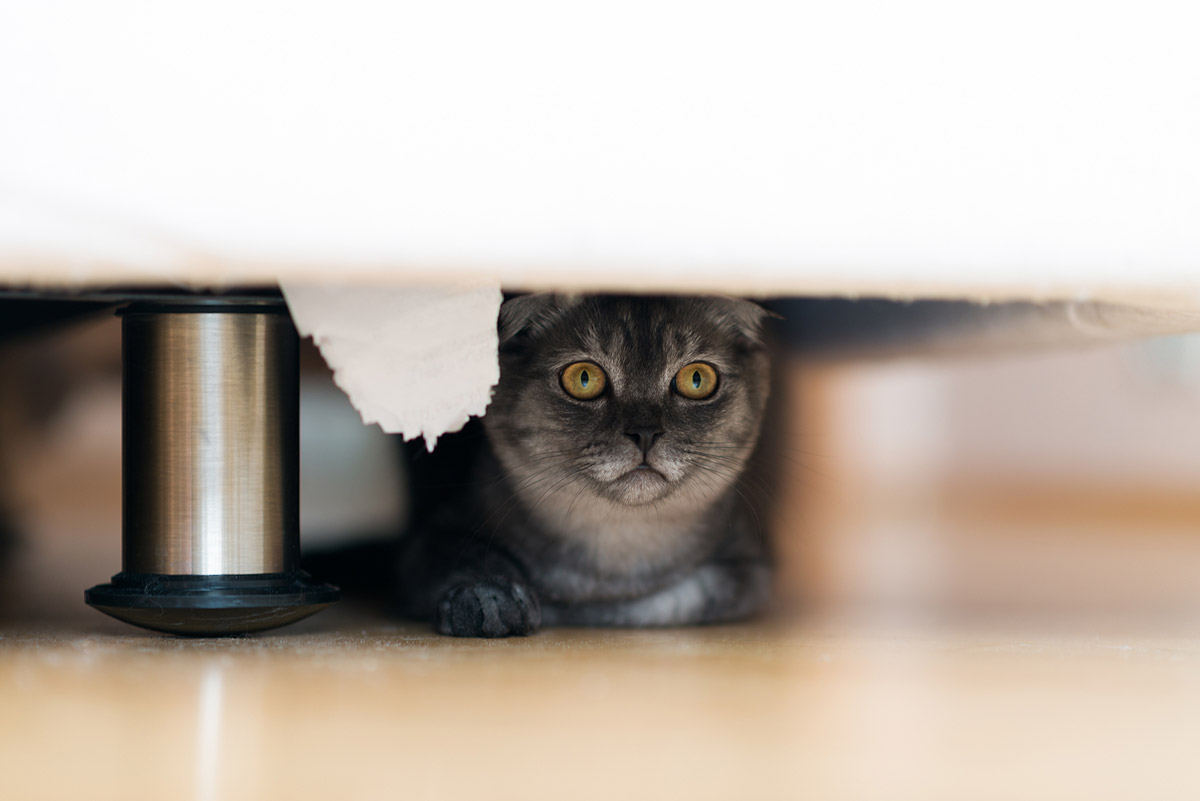
Knowing when exactly your pet is considered a senior is tricky because of several reasons. Firstly, no two cats will age at the same rate as several factors such as the cat’s genes, nutrition, and environment all influence this natural process of ageing.
This means that the first signs of ageing can appear at any age and in no specific order — some cats show physical signs of ageing as early as age 7, while others are friskier than kittens even at age 10!
Additionally, age-related changes progress very gradually and are oftentimes subtle early on. This makes it hard for cat owners to detect signs of changes in their pet, and it doesn’t help that cats are hard-wired to hide signs that reveal vulnerability. A survival instinct passed down from their ancestors, our felines will instead find a quiet and dark place to hide to conserve energy and avoid pain.
Observe your cat closely and keep a keen eye out for the above mentioned changes and these other telltale signs to know if your pet is approaching the senior life stage:
- Changes in the coat, skin, and nails
- Unusual behaviors such as aggression or irritability
- Not moving about much
- Not wanting to perch.
Ageing vs. age-related diseases
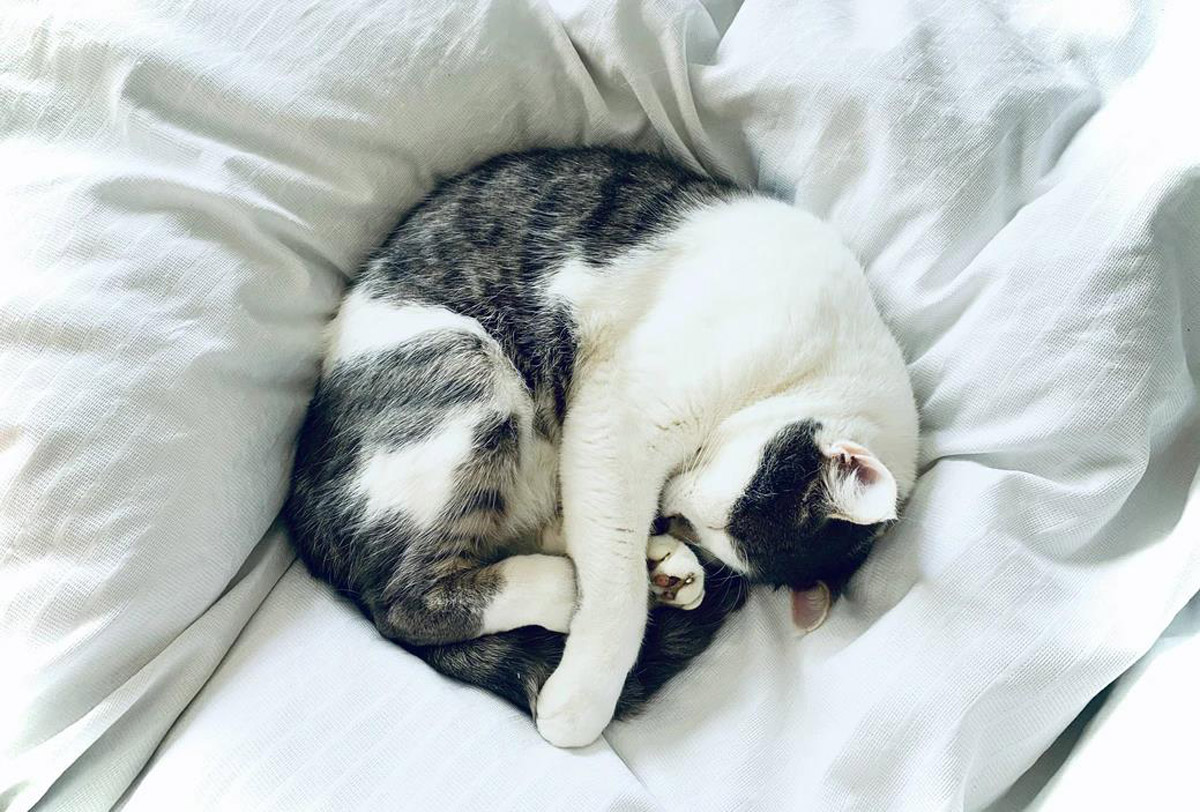
Source: Ben Wicks on Unsplash
Growing old is not a disease, but it is associated with age-related diseases. Healthy ageing should simply result in physical, mental, behavioural, and functional changes that are mild, progress slowly, and have minimal impact on your cat’s ability to carry out its daily activities.
On the other hand, age-related diseases can cause suffering and pain to your cat, and a cat’s senior years is the life stage when these chronic diseases (often more than just one) begin to develop, or have already advanced to a point where they significantly impact your cat’s health!
Some of the most common age-related diseases in cats are chronic renal disease (CKD), hyperthyroidism, diabetes mellitus, osteoarthritis, and feline cognitive dysfunction. Undiagnosed chronic kidney disease, diabetes, and hyperthyroidism all eventualy lead to death, while osteoarthritis is a painful and crippling disease. As for cognitive dysfunction (dementia), it doesn’t cause death, but it will progressively reduce your cat’s quality of life to the point where some cat owners consider euthanasia.
That said, while these diseases are progressive and irreversible, they are treatable! Being aware of the differences between healthy ageing and age-related diseases will help to increase the chances of early detection of said illnesses, which can potentially save your kitty from months or years of unnecessary suffering. Do not mistakenly assume that every physical and behavioural change that you see in your cat is due to ageing!
Ways to provide your senior cat with the highest quality of life
Never assume that there’s nothing you can do when your cat is simply “getting old”. If you notice your feline behaving differently, there are measures that you can take to give your furry friend a happy and comfortable life in its golden years!
1. Closely monitor your senior cat for signs of illness
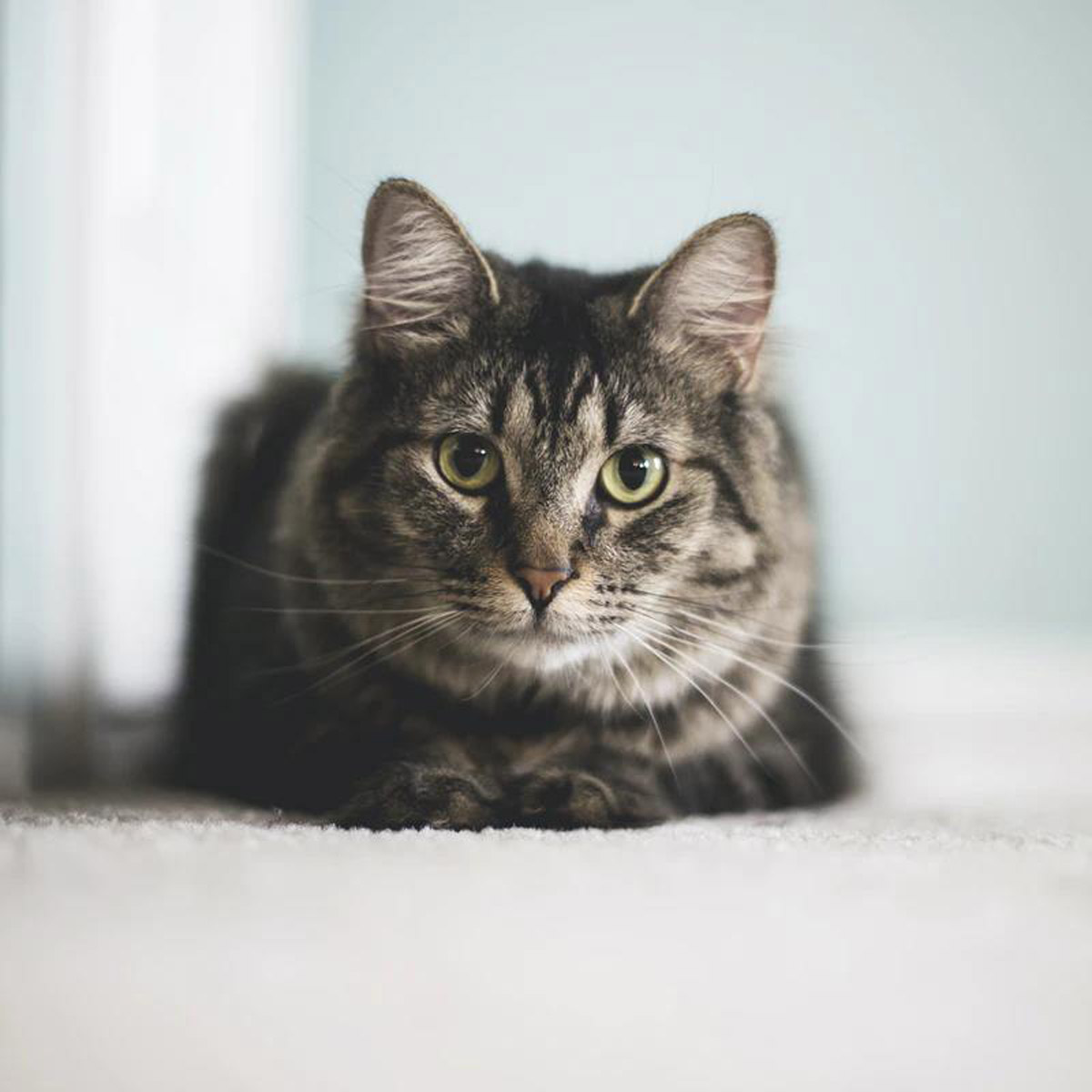
Source: Kari Shea on Unsplash
Many cat owners mistake age-related diseases as the natural effect of ageing. To differentiate between the two, here are some signs of a disease, not natural ageing:
- An increase or decrease in appetite and thirst that persists for more than 2 days
- Sudden or drastic changes in weight
- Has an interest when food is presented but eats slowly, has difficulty picking up its food, and has markedly offensive breath
- Declining vision and changes in the eye i.e. dry eye, cloudiness
- Lumps and bumps in or below the skin (Fast-growing or ulcerating skin growths warrant an immediate visit to the vet!)
- Persistent vomiting, diarrhoea, or coughing
- Persistent increase in thirst or increased frequency and/or volume of urination
- Difficulty getting up, unsteady gait, and difficulty going up and down the stairs
- Urinary incontinence
- Changes in behaviour i.e. irritable, displays aggression
- Cognitive dysfunction such as
- Loss of house-training
- Inability to recognise owners
- Changes in wake-sleep pattern
- Excessive vocalisation
- Disorientation eg. confusion, staring blankly, and getting lost in the home
It is also best to develop a good understanding of your cat’s usual behaviour and daily habits so that you can detect even the slightest of changes before it’s too late! If you suspect that your pet is suffering from any of the symptoms above, we recommend bringing your cat to the vet for a thorough health examination and diagnostic tests.
2. Provide support unique to your pet’s needs
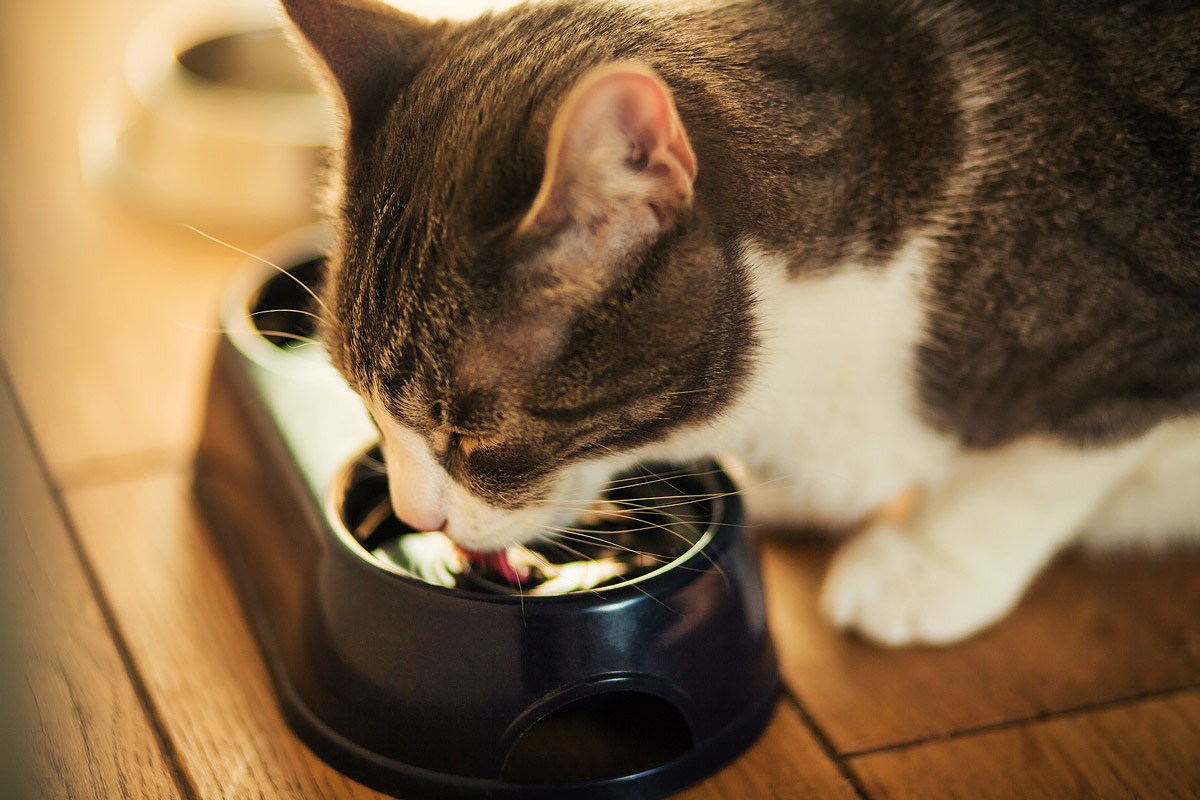
A senior cat has unique health needs that it didn’t use to require when it was much younger. Since it cannot verbally tell you what they are, it is best to consult your vet and work with him/her to implement measures that can improve the quality and comfort of your pet’s life.
These include dietary measures such as:
- Adjusting your cat’s diet to one that is appropriate for its senior years
- Cats are obligate carnivores adapted to eating a protein-rich, carbohydrate-poor diet. Older cats need to be fed an increased quantity of high-quality protein from animal sources rather than grain-based sources, unless the cat has a condition requiring protein restriction, such as renal disease
- Mark Peterson, a canine and feline endocrinologist, recommends feeding healthy senior cats at least 6-8 grams of high-quality animal protein/kg body weight per day
- Managing your cat at its ideal weight and preventing obesity
- As cats get older, their metabolic rate and activity decrease. Feeding a senior cat the same quantity of its regular food will result in weight gain from the accumulation of fat in the body
- Obesity must be avoided as it is a risk factor for chronic heart, respiratory, and skin diseases and osteoarthritis, and is known to decrease a pet’s lifespan by up to 2 years
- Your vet will be able to determine if your cat is obese by performing body condition scoring (BCS). To manage obesity, feed smaller quantities of your pet’s regular food, switch to a food with a lower energy density (reduced fat or fibre), or introduce foraging devices (eg. meal-dispensing feeders, food-filled toys)
- Preventing sarcopenia
- All ageing cats will lose muscle mass — even those that are healthy and have good appetites. This phenomenon is called sarcopenia, which results in the loss of muscle strength and function. To test for sarcopenia, your vet will have to do a muscle condition score (MCS)
- To manage sarcopenia, provide increased proteins that have good digestibility
- Therapeutic diets
- If your senior cat has been diagnosed with a chronic disease, discuss with your vet the option of starting it on a therapeutic diet.
- Therapeutic foods are specially formulated to help manage specific diseases for either a specific length of time or for the rest of the pet’s life, and will improve the length and the quality of your cat’s life
- For example, prescription diets for managing chronic renal disease have moderate protein levels, low phosphorus and sodium content, high concentrations of water-soluble vitamins and fibre, and contain omega-3 fatty acids which protect the kidneys from the harmful effects of inflammation
- Do take note that therapeutic diets should never be fed to healthy cats!
- Adding dietary supplements to its meals
- A high-quality silymarin given daily would be ideal for protecting the liver from oxidative stress
- Omega-3 fatty acids derived from cold-water marine animals have been clinically proven to have anti-inflammatory effects. Antinol is a lipid extract from New Zealand Green-Lipped Mussels that is over 100 times more effective than omega-3 fatty acids with proven benefits for osteoarthritis and other diseases that are caused by inflammation!
You should also be recommended to provide environmental support such as:
- Fresh water at several accessible locations
- Soft bedding
- Non-slip surfaces if your cat has difficulty getting up and lying down and has an unsteady gait (rugs are a good solution)
- Protection against major temperature fluctuations (because old cats have reduced temperature regulation mechanisms)
- Night lights and barriers if your cat has reduced vision.
In addition, it is important to:
- Provide mental stimulation
- Ensure that your cat gets an appropriate amount of physical activity
- Maintain good oral hygiene
- 70% of cats over the age of 3 have some form of periodontal disease. If undetected, periodontal disease will progressively cause bad breath, pain, and make eating difficult for your cat.
- Help with grooming
- The loss of flexibility will make self-grooming increasingly difficult for your cat. Faecal and urine stains can cause skin burns and infections, overgrown nails make walking difficult and painful, ingrown nails can cause painful wounds, and dirty ears and eye discharge puts your cat at risk of ear and eye infections.
3. Don’t skip out on preventive measures
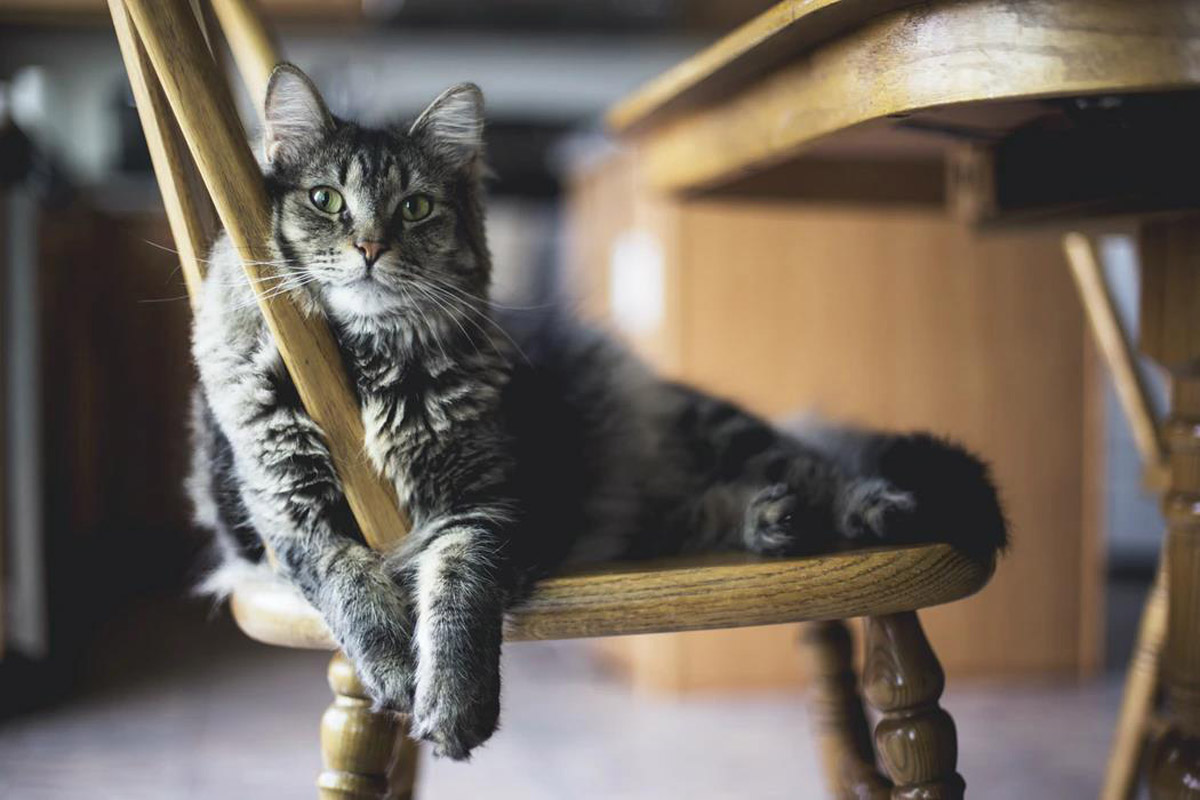
Source: Kari Shea on Unsplash
Preventive measures include vaccinations, protection against external and internal parasites (heartworms, fleas, and intestinal parasites), sterilisation, and regular health check-ups. Do not skip out on these as they are necessary to ensure healthy and happy years for your elderly cat!
Regular vaccinations will protect your pet from the risk of death or permanent organ damage, and sterilisation can help to prevent uterine infections known as pyometra, reduce the risk of testicular cancers, and more. For a more in-depth explanation on the health benefits of vaccinations and sterilisation, read our other article here.
Make it a point to schedule regular health checks as well! Typically, senior cats should go for a health examination every 6 months because chronic diseases can suddenly escalate. In doing so, you increase the chances of detecting illnesses early, which then opens up more treatment and management options to slow down the progression of the disease and allow your cat to enjoy more years of quality living.
4. Work closely with your vet and the veterinary nurses
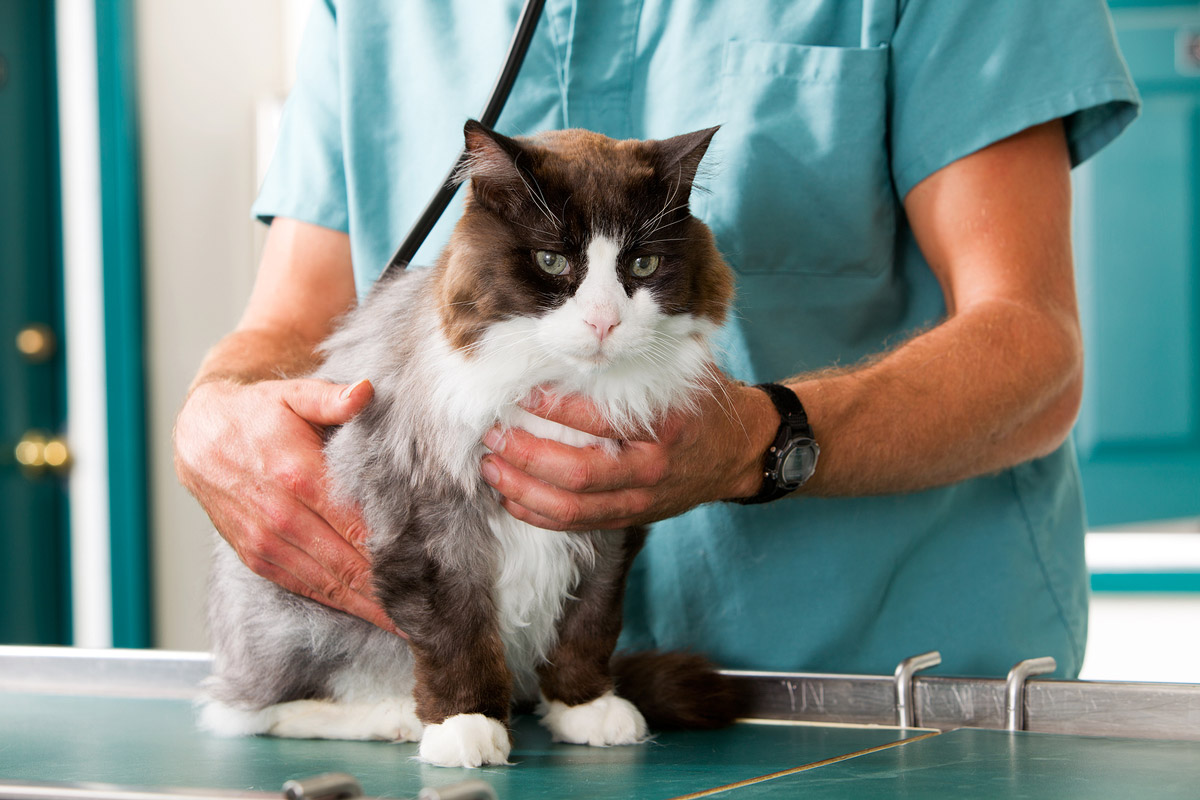
Have your vet and the clinic’s veterinary nurses your go-to source for all matters concerning your cat’s health! Vets have the knowledge and training to provide science-based medical information that will keep your pet healthy, so if you ever need up-to-date care advice and medical recommendations, turn to your trusted vet and nurses.
Certified ISFM Cat Friendly Clinics such as The Cat Clinic, in particular, require their staff to be up-to-date in their knowledge of all aspects of feline health and disease, and they also ensure a less stressful experience for your elderly feline. They will be more than happy to work with you in keeping your cat in good health!
Golden years for a golden companion
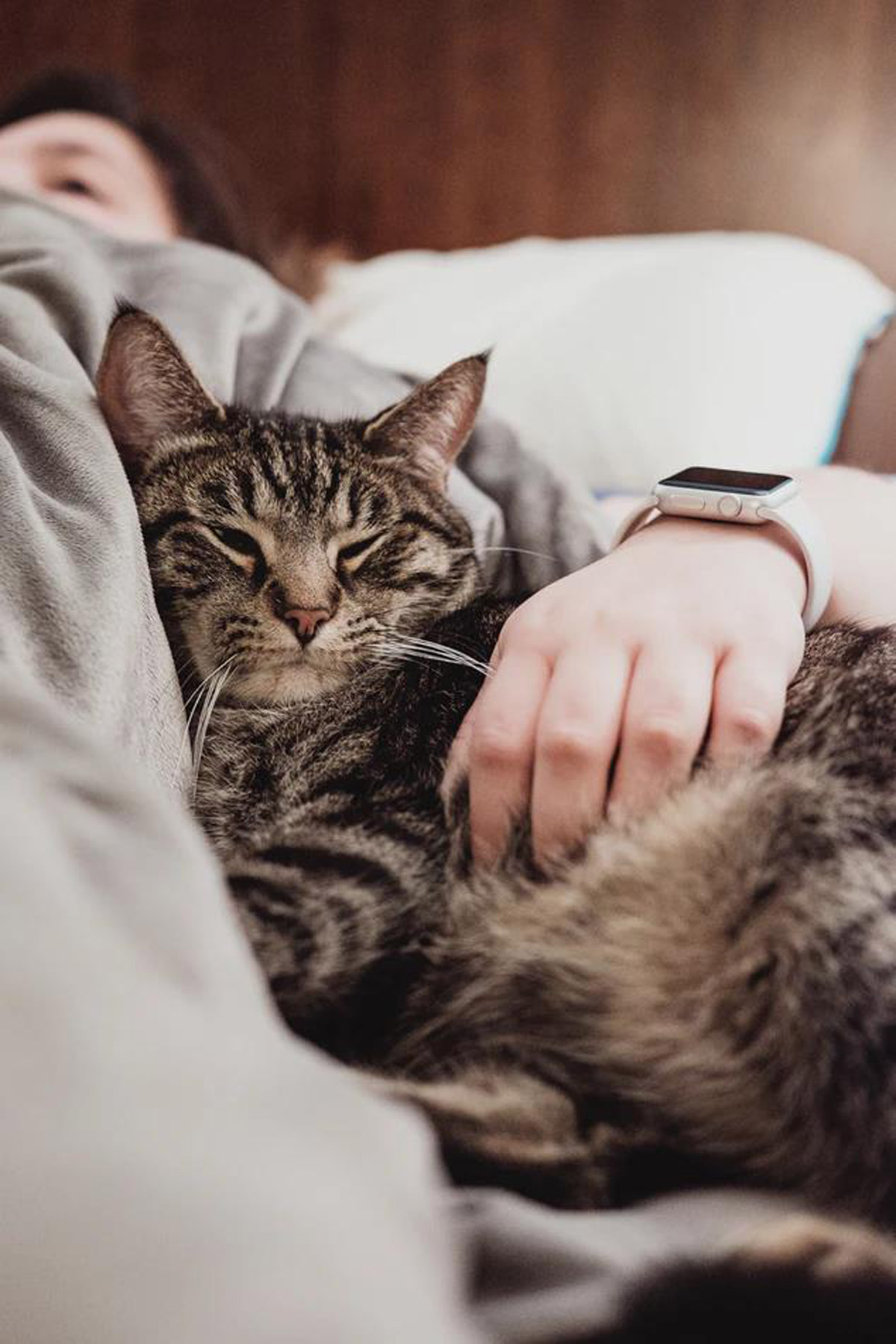
Source: Chris Abney on Unsplash
Our cats have given their life to us entirely, enriching our world with their love and companionship. To thank them and reciprocate their affections, incorporate these measures into your pet care routine to help your feline friend live out the rest of its years happily and healthily!
Remember, every cat ages differently, so if you’re ever confused about whether your cat is simply ageing or suffering from something more, do not hesitate to give your vet a call.
This article was written in consultation with Dr Lennie from The Animal Clinic.








